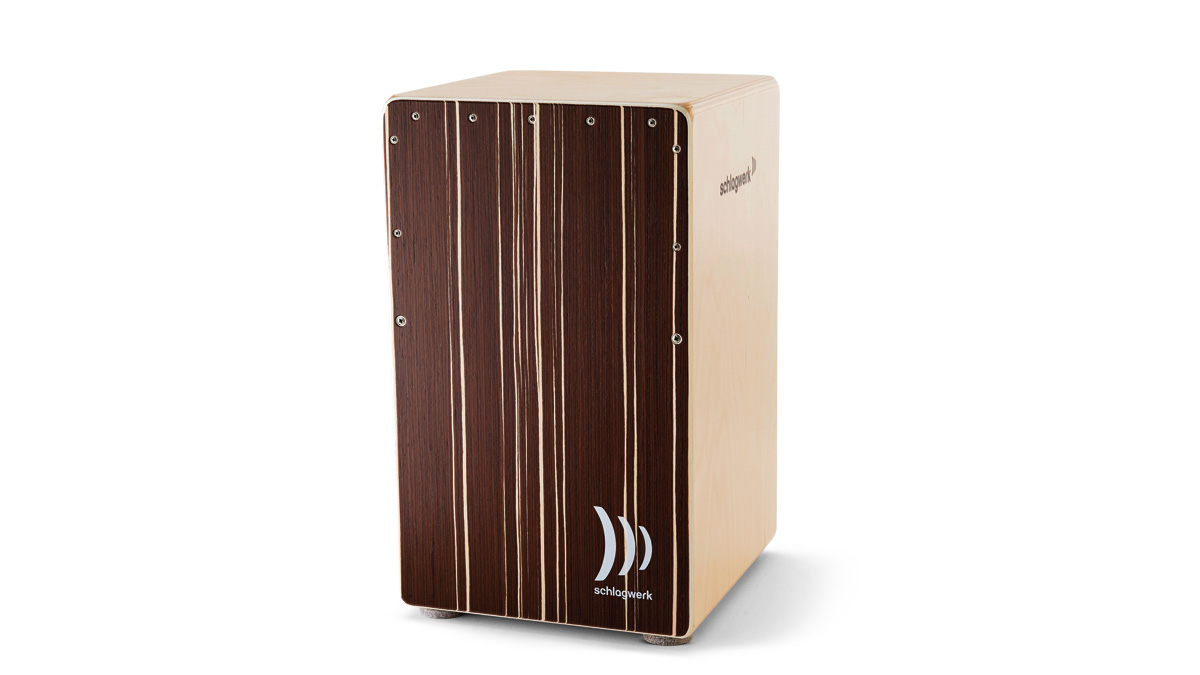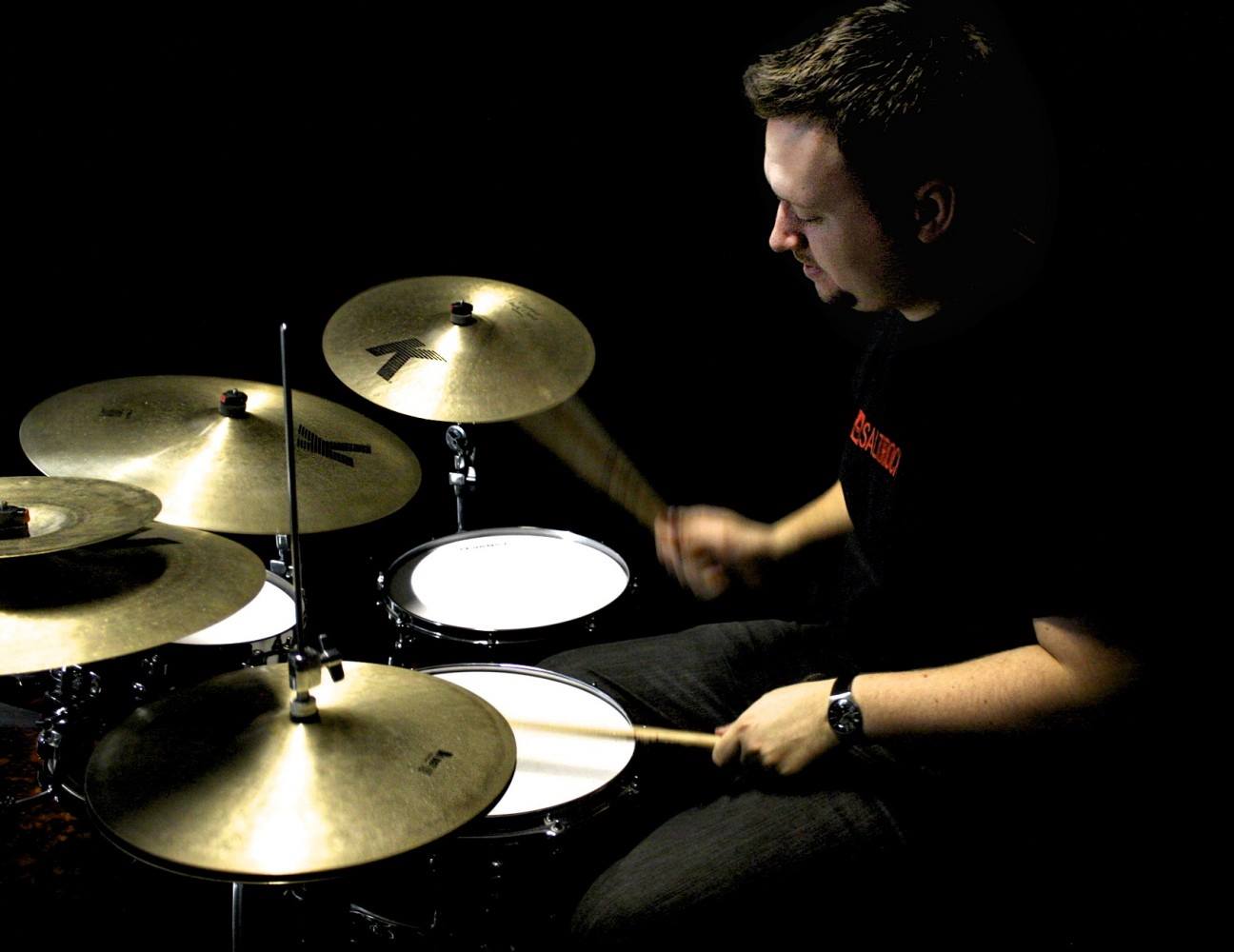MusicRadar Verdict
A well crafted instrument with an excellent sound.
Pros
- +
Well made.
Cons
- -
Pricey.
MusicRadar's got your back
Since producing its first Cajon nearly 30 years ago in 1986, these German percussion makers have been at the forefront of the development and increased popularity of the instrument over the years.
Here, we take a look at the brand new pro-level Agile cajon.
Build
The cajon measures in at 30cm x 30cm x 50cm, features an eight-ply birch construction and is finished in a smooth, natural satin with rounded top edges. It sports a 12cm port hole on the rear, a non-slip sitting surface and engraved Schlagwerk logos on each side.
To increase snare sensitivity, the top third of the playing surface has been secured with small screws while the bottom is glued in place. This also makes it possible to further adjust the tonal response by experimenting with the screw tension, although Schlagwerk recommends they stay in factory position.
The aptly named 'Agile String Technology' features horizontal strings which can be tightened toward or loosened away from the tapa using a control at either end. A central knob is then used to adjust the tension of the strings and thusly, manage snare dampening.
Hands On
We would be as happy with this as a piece of furniture at home as we would be rocking it on stage.
The less boomy nature of the Agile Pro offers a more percussive quality than lower-end cajons, complemented by the ability to completely dampen the snare wires for a traditional cajon sound. Further experimentation with the strings provides a more sensitive snare response that allows a more subtle approach to the instrument.
Want all the hottest music and gear news, reviews, deals, features and more, direct to your inbox? Sign up here.
Tom is a professional drummer with a long history of performing live anywhere from local venues to 200,000 capacity festivals. Tom is a private drum tutor, in addition to teaching at the BIMM Institute in Birmingham. He is also a regular feature writer and reviewer for MusicRadar, with a particular passion for all things electronic and hybrid drumming.

